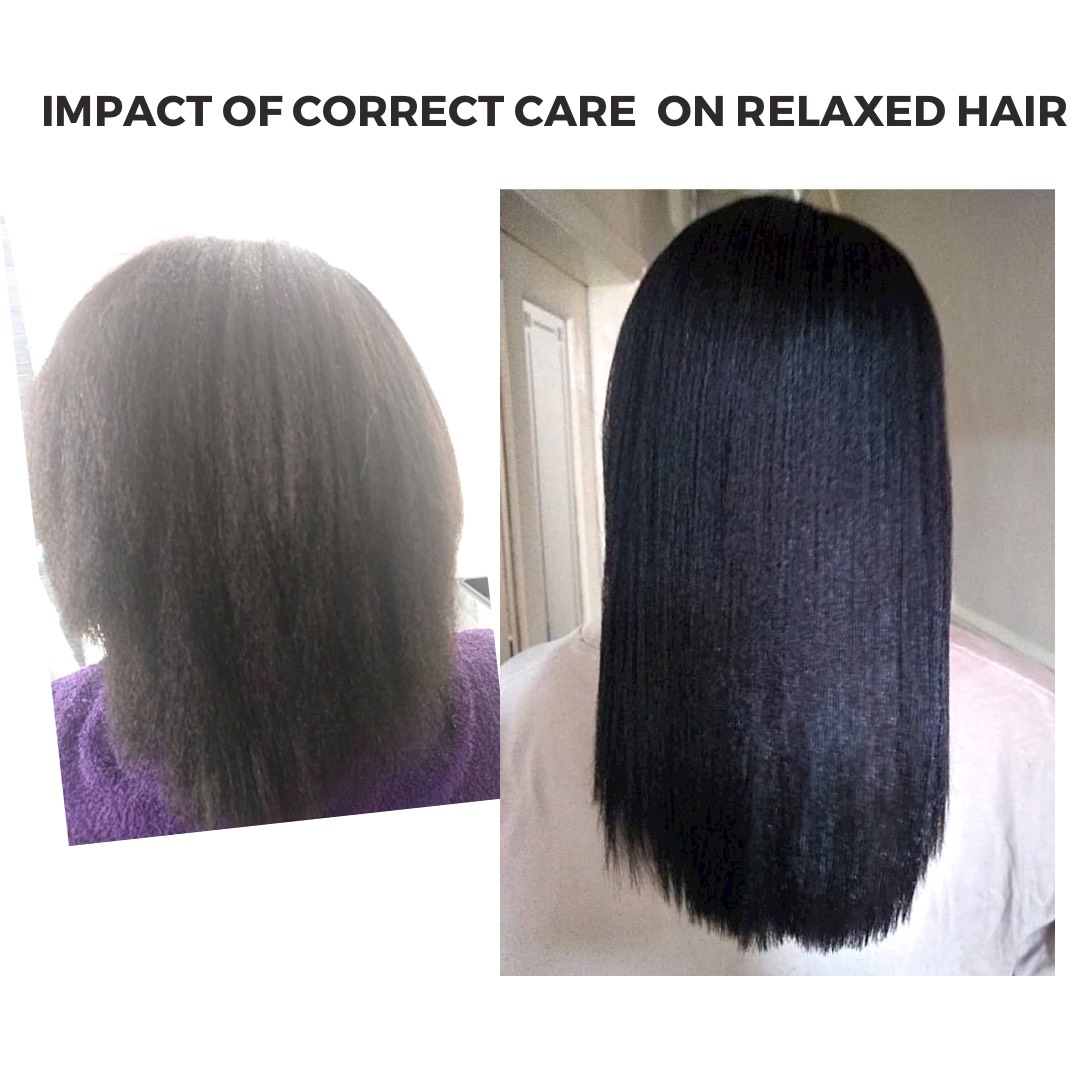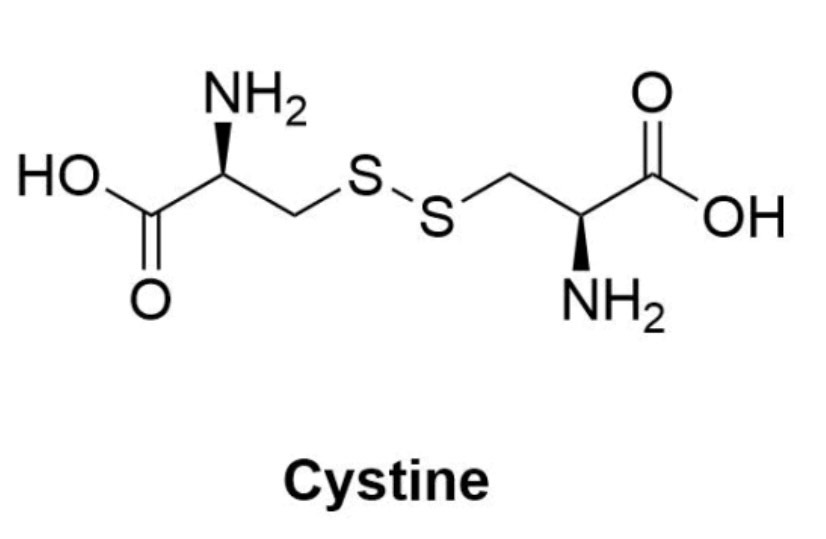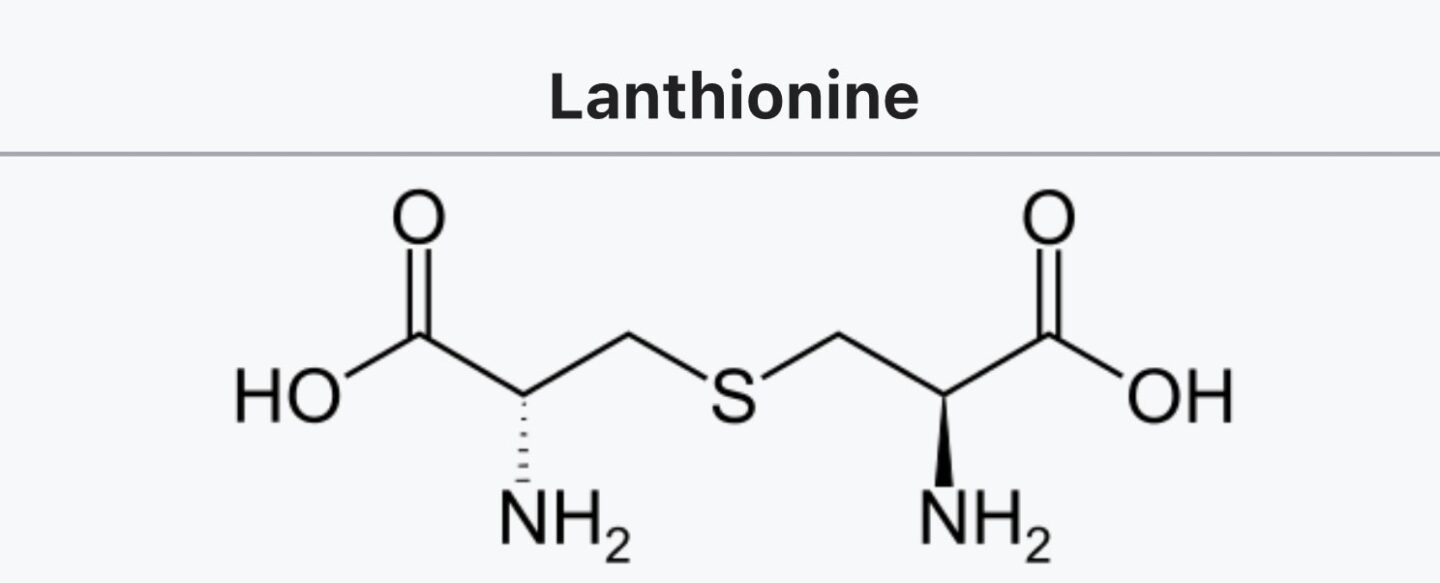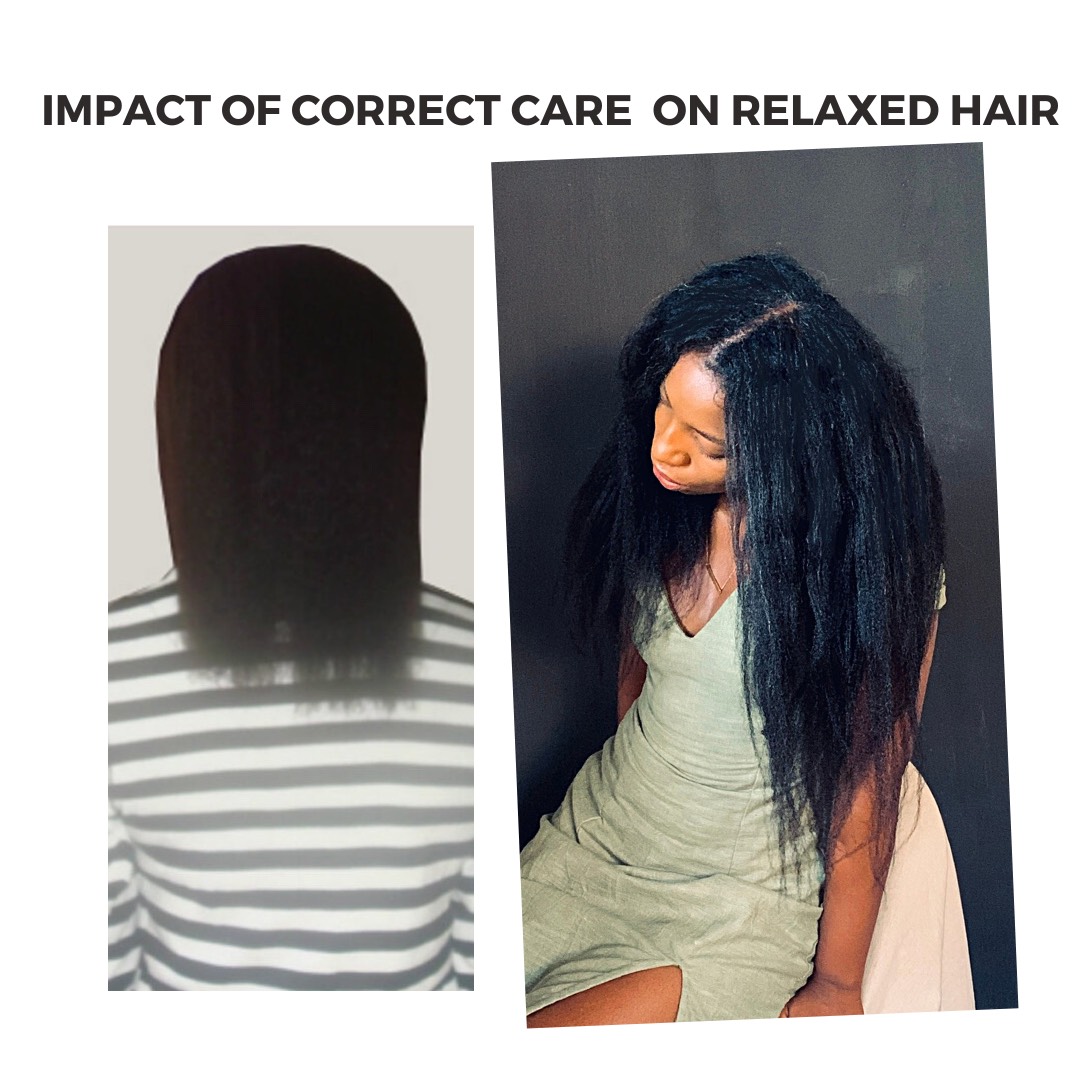Over the last few years, there has been an increase in the number of ladies who have returned to relaxing after being natural for some time. A reason many ladies give for making this change with their hair is that they want “easier” hair care and more manageable hair.
Thinking relaxed hair is easier to care for or requires less care than natural hair is a mistake that is made too often.
This error or misunderstanding of what chemically altered hair needs has led to so many ladies having hair that is in terrible condition.

In this post I will discuss,
– The science of what happens to hair when it is relaxed
– What happens to hair when it is relaxed; in plain English
In Part 2, I will share some essential tips, many of which are not known but are crucial for relaxed hair health.
What happens to Hair when it Is Relaxed; The Science
There are two key things that occur when hair is relaxed:
1) Lanthionization of Hair
Hair is made up of different types of amino acids. The main amino acid in hair that is affected by relaxers is called Cystine.
Cystine is the most prevalent amino acid in hair and is where a good amount of hair strands strength and stability of structure comes from.
Cystine contains a bond called the disulphide bond. The process of relaxing breaks and rearranges the disulphide bond.
During neutralizing ( usually done via a neutralizing shampoo) the disulphide bonds are reformed. Contrary to popular belief the disulphide bonds don’t stay broken, they are reformed and keep or hold the hair strands in their now altered structure (its straightened structure) permanently.
The disulphide bonds are reformed but the structure of the hair is no longer as stable as it was before relaxing.
This is because the process of relaxing hair changes or converts approximately 33% of Cystine to Lanthionine (a non-proteinogenic natural amino acid). This process or conversion of cystine to lanthionine is called lanthionization and it weakens hair and causes it to have less tensile strength.


2) Changes to the Surface Properties of Hair (hydrophobicity and surface friction change)
The cuticle layer of the hair has some fatty cells bound to it.
A function of the fatty cells (such as 18- MEA) is to create a hydrophobic layer that prevents excess water from entering into hair strands.
Another very important function of the fatty cells is to act as a boundary lubricant that reduces friction between hair strands.
Alkaline solutions such as relaxers, hair colours, perms, etc remove fatty acids from the cuticle layer of hair strands. This changes their surface characteristics making hair more hydrophilic and causing surface friction to increase.
A recent study showed that hair strands that have 18 MEA have better hair strand alignment whilst hair strands that had had their 18-MEA fatty cells removed had a disorderly hair strand alignment. The process of relaxing hair causes degradation of the hair surface occurs. This makes hair more susceptible to static electricity, frizzing, tangles and matting..

What happens to Hair when it Is Relaxed; In Plain English
- Relaxers targets or affects the links or bonds that gives hair stability and strength. This makes hair weaker and less able to resist breakage.
- Relaxers cause degradation of the hairs surface by removing fatty acids from the outer layer of the hair strands. This makes hair more porous and more prone to frizzing especially in humid environments. The more damaged hair is, the more porous it tends to be.
- The removal of the fatty cells influences the appearance and feel of the hair ie makes hair look less bright, increases the feeling of dryness and reduces its manageability. It makes hair have a higher likelihood of becoming tangled.
Bearing the above in mind, I hope you are able to see HOW the structure of hair becomes compromised when it has been relaxed and why this makes hair care more important.
Because relaxed hair has sustained damage, it becomes even more crucial to preserve the strength and structural integrity that the hair strands have left. Failure to do so will take you from having healthy relaxed hair (hair that has a moderate amount of damage) to unhealthy relaxed hair ( hair that has severe amount of damage from chemical processes, wear and tear and neglect)
Some additional interesting facts:
Natural hair that is coloured has the same amino acid (cystine) and bond (disulphide bond) affected by the colouring process.
The disulphide bond is also broken and reformed just like relaxers, the hair will have become weakened. Approximately 20% of cystine in hair is oxidized to become cysteic acid when hair is coloured.
Come back for part two in a few days’ time. In Part 2, I will share some essential tips, many of which are not known but are crucial for relaxed hair health.
If you are relaxed, texlaxed or even natural with permanent color you will definitely learn a few things that will make a big impact on your hair.
I hope you have gained some insight from this post.
x
Lade
Learn | Change | Grow
